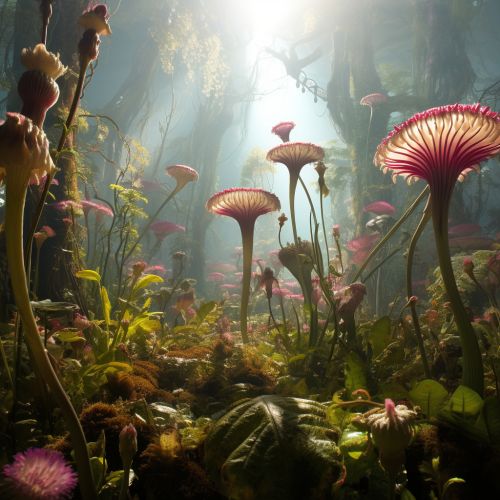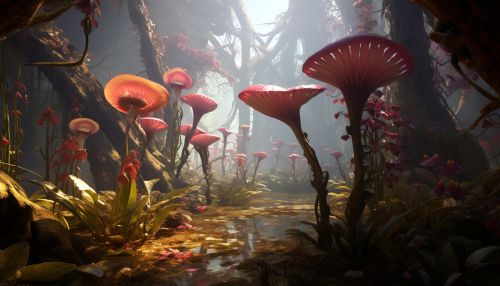Ecology of Carnivorous Plants
Introduction
Ecology is the study of interactions among organisms and their environment. Within this broad field, the ecology of carnivorous plants is a fascinating and specialized area of study. Carnivorous plants are unique in that they derive some or most of their nutrients from trapping and consuming animals or protozoans, typically insects and other arthropods. This article will delve into the ecological aspects of these intriguing plants, covering their habitats, adaptations, nutrient acquisition, and interactions with other organisms.


Habitats and Distribution
Carnivorous plants are found in a variety of habitats across the globe, from the tropics to the Arctic Circle. These habitats are often characterized by poor soil conditions, such as nutrient-poor, acidic, or waterlogged soils. Examples include bogs, heathlands, rainforests, and mountain summits. The distribution of carnivorous plants is influenced by these specific habitat requirements, as well as other factors such as climate, competition, and the availability of prey.
Adaptations
Carnivorous plants have evolved a range of fascinating adaptations to survive in nutrient-poor environments. These adaptations primarily involve the modification of leaves to form specialized structures for attracting, trapping, and digesting prey. The trapping mechanisms of carnivorous plants can be broadly classified into five types: pitfall traps, flypaper traps, snap traps, bladder traps, and lobster-pot traps. Each of these trap types is associated with a unique set of adaptations, from the slippery inner walls of pitfall traps to the rapid movement of snap traps.
Nutrient Acquisition
The primary reason for the carnivory in plants is the acquisition of nutrients, particularly nitrogen and phosphorus, which are scarce in the soils of their habitats. Carnivorous plants obtain these nutrients from their animal prey. The process of nutrient acquisition involves the secretion of digestive enzymes, absorption of nutrients, and in some cases, symbiotic relationships with other organisms.
Interactions with Other Organisms
Carnivorous plants interact with a wide range of organisms, including their prey, pollinators, and various symbiotic partners. These interactions are complex and often involve intricate ecological relationships. For example, the flowers of carnivorous plants are typically located away from their traps to avoid trapping potential pollinators. Some carnivorous plants also host symbiotic organisms in their traps, such as bacteria and invertebrates, which assist in prey digestion.
Conservation
Many species of carnivorous plants are threatened by habitat loss, illegal collection, and climate change. Conservation efforts for these plants involve a combination of habitat protection, cultivation, and reintroduction programs. Understanding the ecology of carnivorous plants is crucial for their effective conservation.
